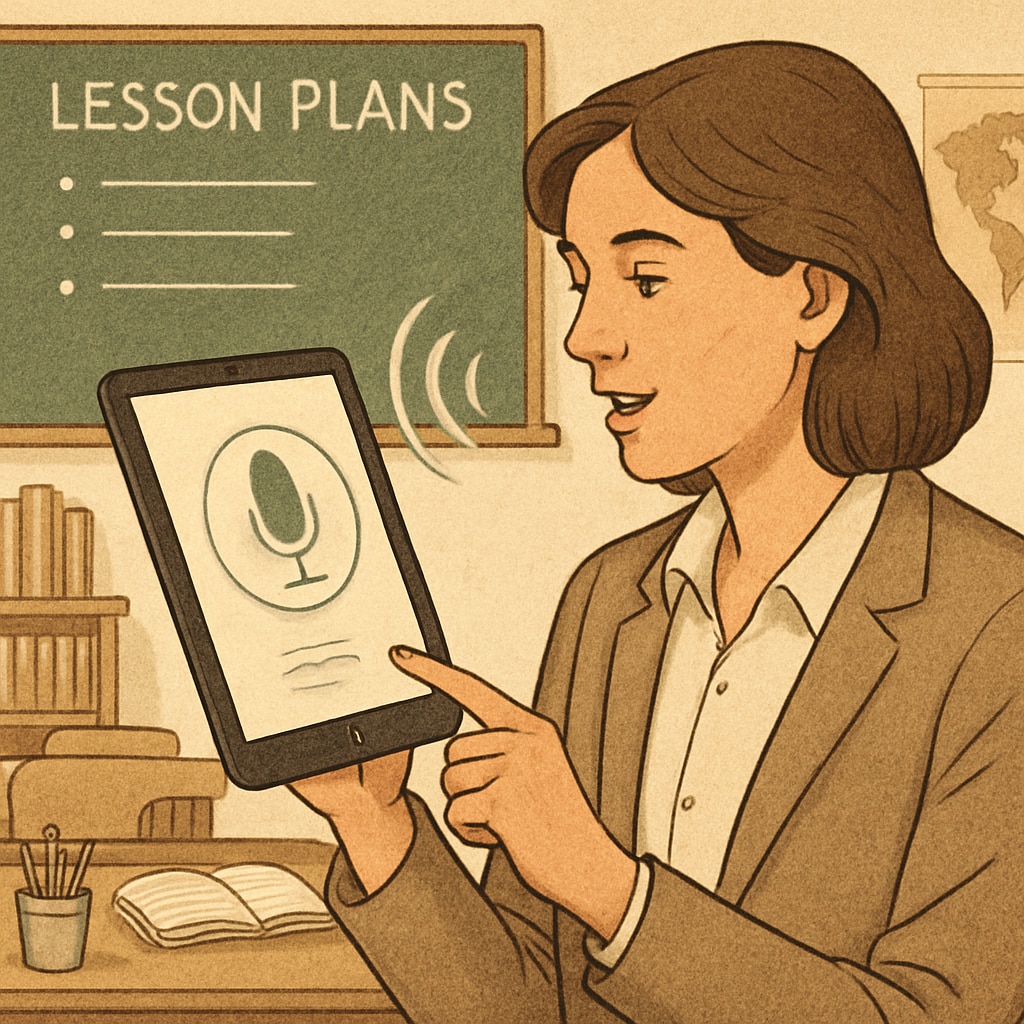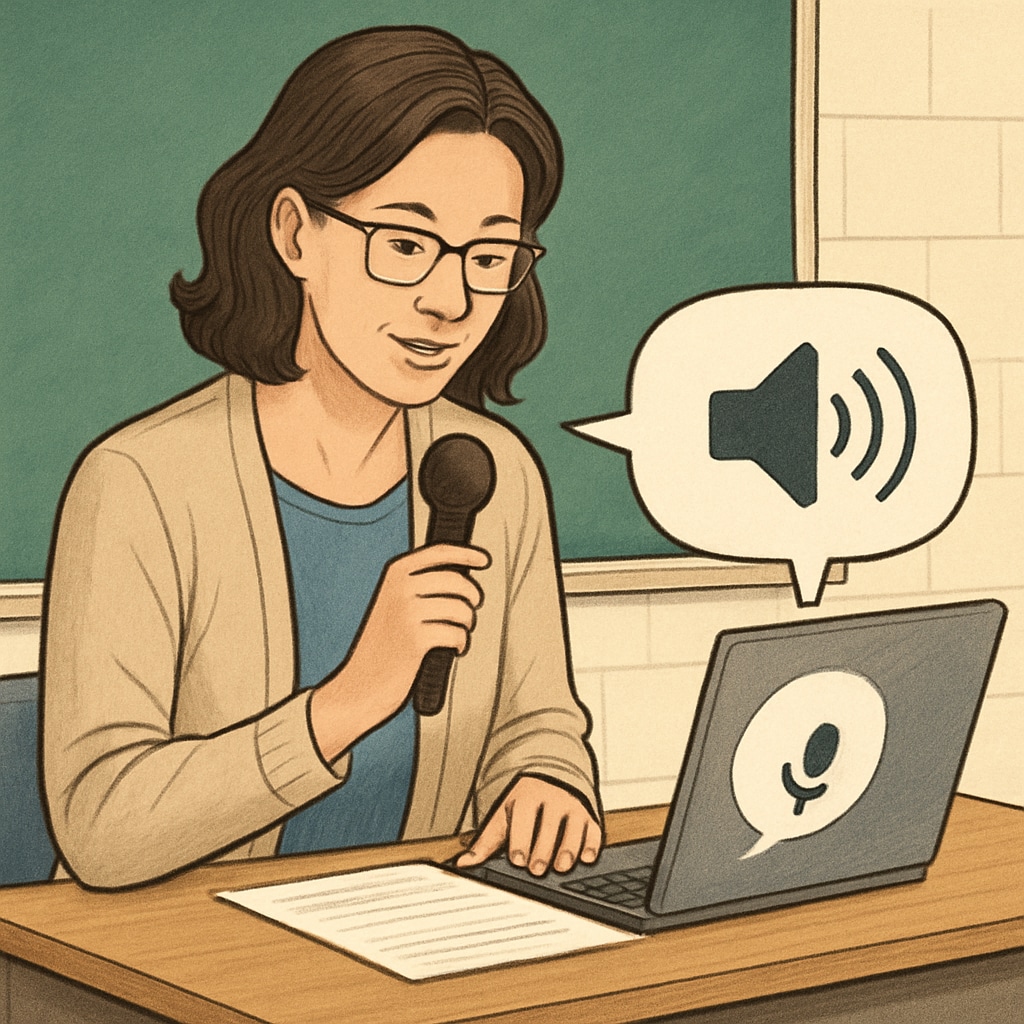Voice recognition, teaching efficiency, and educational feedback are reshaping the modern classroom experience. For K12 educators, tools like WillowVoice are emerging as indispensable allies, automating repetitive tasks and allowing teachers to focus on meaningful student interactions. By integrating voice-to-text technology into their workflows, educators can unlock a new level of productivity while fostering more personalized learning environments.
How Voice Recognition Enhances Teaching Efficiency
Teaching efficiency is a critical factor in K12 education, where educators often juggle lesson planning, grading, and administrative duties. Voice recognition tools like WillowVoice streamline these tasks by converting spoken words into written text with remarkable accuracy. This capability not only saves time but also reduces the cognitive load associated with manual documentation.
For instance, a teacher can dictate lesson plans, create notes, or even draft parent communications using WillowVoice. This eliminates the need for typing, allowing educators to focus on creative and pedagogical aspects of their work. According to a Britannica article on voice recognition, advancements in this technology have made it a reliable and user-friendly solution for various industries, including education.

Improving Educational Feedback with Voice Recognition
Providing timely and detailed feedback is essential in the K12 learning environment. However, the process can be time-consuming, especially for large class sizes. Voice recognition tools enable teachers to offer verbal feedback, which is then transcribed into written comments for students. This innovation not only accelerates the feedback process but also ensures that students receive more personalized and constructive insights.
Furthermore, tools like WillowVoice can analyze speech patterns to identify key phrases or recurring themes, helping educators tailor their feedback more effectively. For example, phrases like “needs more practice in problem-solving” or “excellent understanding of concepts” can be recognized and categorized automatically. These insights can be invaluable for tracking student progress over time.

The Transformative Impact on K12 Education Workflows
The integration of voice recognition technology into K12 education is not just about convenience; it’s about transformation. By automating routine tasks, teachers can reclaim valuable time to dedicate to student engagement and curriculum development. Moreover, the adaptability of tools like WillowVoice ensures that they can be tailored to various teaching styles and classroom needs.
In addition, voice recognition technology plays a pivotal role in inclusivity. For students with disabilities, tools like WillowVoice can facilitate better communication and learning experiences. For example, students with dyslexia can use voice-to-text features to complete assignments more efficiently. This aligns with the broader educational goal of creating an equitable learning environment for all students.
As highlighted in a Wikipedia article on educational technology, the adoption of innovative tools has consistently shown positive outcomes in enhancing student-teacher interactions and overall learning quality.
Looking Ahead: The Future of Voice Recognition in Education
As voice recognition technology continues to evolve, its potential applications in education will expand. Future developments may include real-time transcription during lectures, automated grading systems based on verbal input, and even AI-driven analysis of classroom discussions. These advancements promise to make teaching not only more efficient but also more impactful.
For now, tools like WillowVoice are already making a significant difference in the lives of K12 educators. By embracing these innovations, schools can ensure that teachers spend less time on administrative tasks and more time inspiring and educating the next generation.
Readability guidance: The article uses short paragraphs, clear transitions, and lists to enhance readability. Passive voice and long sentences are minimized to maintain clarity and engagement.


